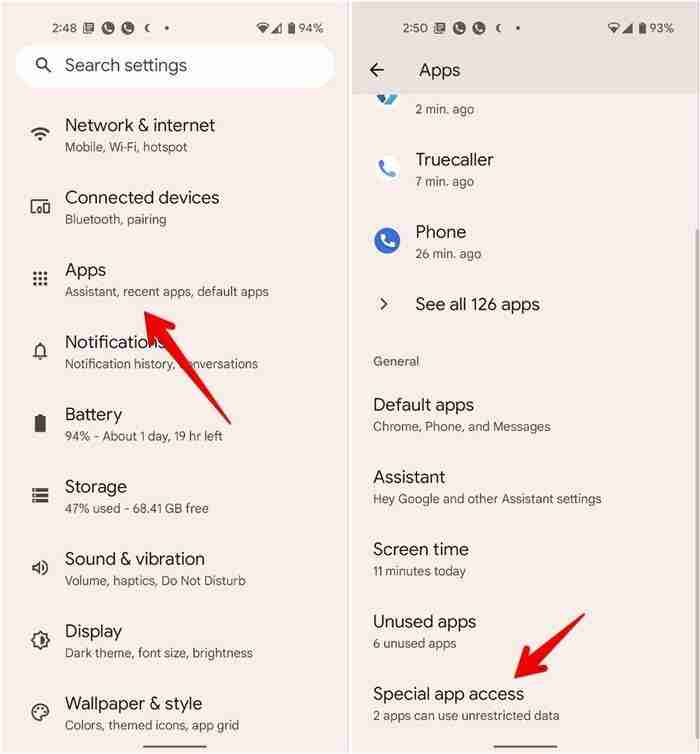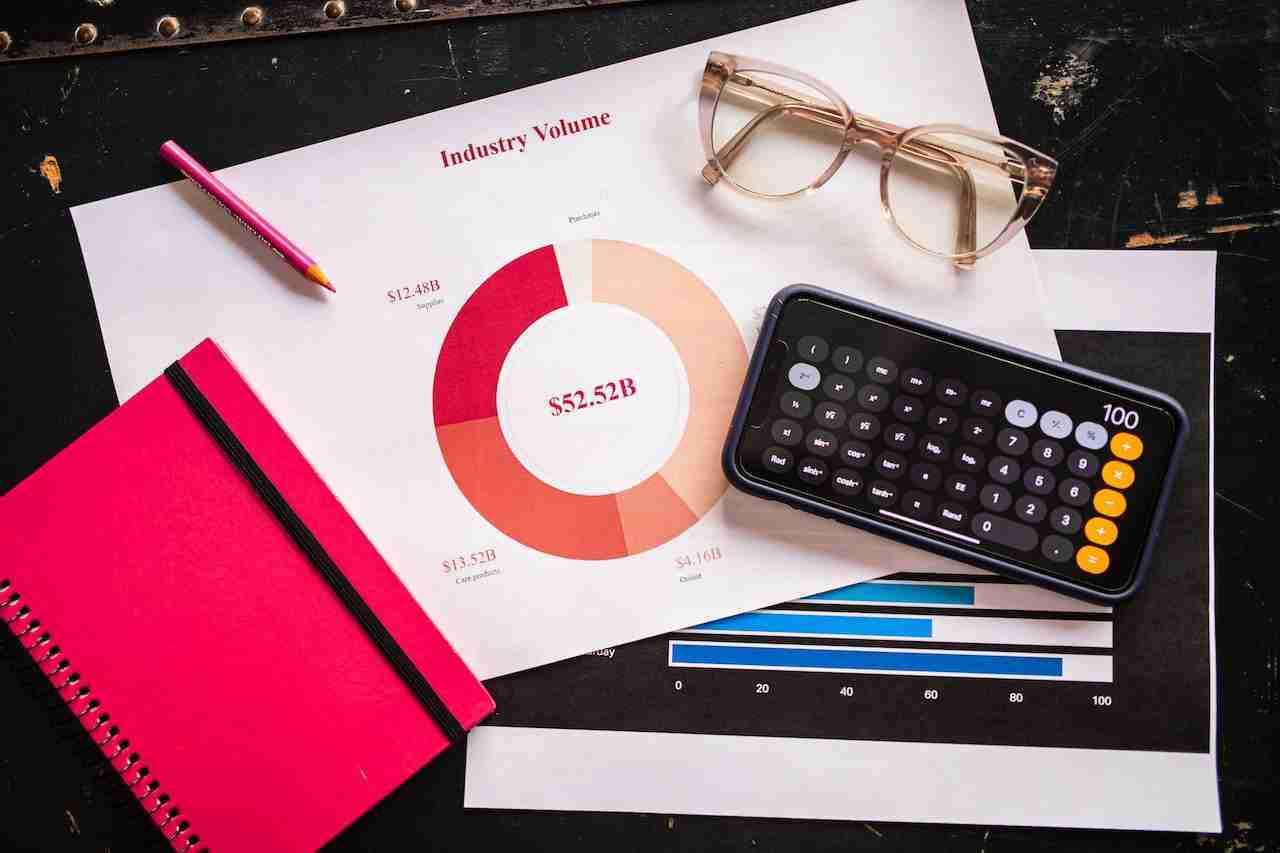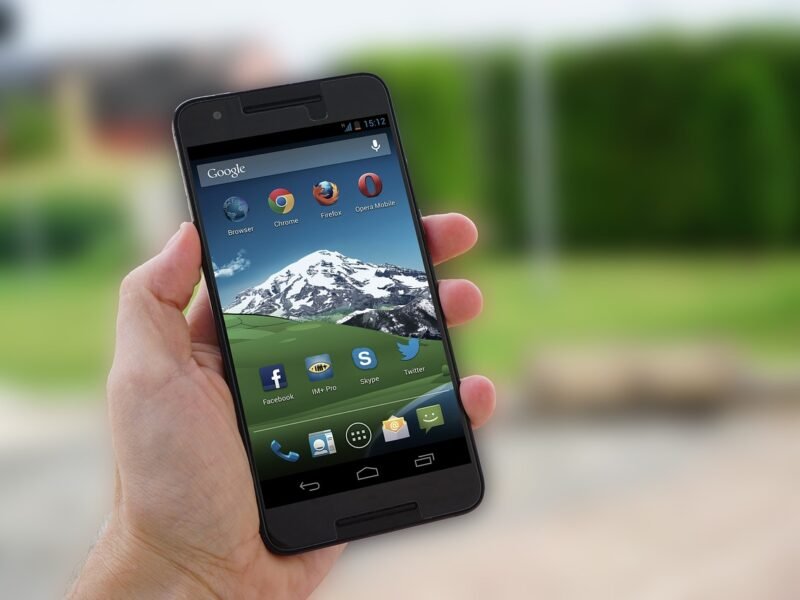Google Play Store is an app store for Android devices where users can download and install various applications, games, and digital content.
It is the official app store for Android devices and is owned and operated by Google. The Play Store is pre-installed on most Android devices and can also be downloaded from the web.
Users can browse and search for apps, read reviews, and download apps directly to their devices. Developers can also publish their apps on the Play Store and reach millions of Android users worldwide.
Here are some details about the Google Play Store app:
– It’s the official app store from Google for Android devices. You can download it on any Android phone or tablet for free.
– It includes apps, games, music, movies, TV shows, books, magazines, and more. There are over 2.5 million apps and games available.
– You can browse top charts, editor’s picks, and categories to find content. You can also search for specific apps, games, music, etc. using the search bar.
– Apps on Google Play are reviewed for malware, inappropriate content, and compliance with Google Play policies before they are posted. But you should still use good judgment when downloading apps.
– You can install free apps directly. For paid apps, you need to use a credit card or Google Play gift card to purchase them. Many apps also offer in-app purchases.
– Google Play regularly updates its design and features. You may see options to rate apps, get recommendations based on your tastes, sync app data across devices, and more.
– On your Android device, you can go to play.google.com or open the Google Play Store app to sign in with your Google Account and start downloading content.
– You can also install apps directly from outside of Google Play at your own risk. If you do so, make sure to have “Allow installation of apps from unknown sources” enabled on your device.

– Google Play Protect continuously works to keep your account and device safe. It monitors for potentially harmful apps and behavior and warns you about potential harm.
– You can refund apps within 2 hours of purchasing for most items. Some developers may offer a longer refund window. Movies, books, and media are not refundable.
– Google Play subscriptions provide unlimited access to apps, games, music, and more for a monthly or annual fee. You can cancel most subscriptions at any time.
Google Play Store is one of the most popular marketplaces for Android applications across the globe. The platform contains free as well as paid content. Sometimes, you may think about what will be the revenue source for a free Android application or game.
These freely available applications or games are making money because there are a lot of costs needed to run a single application or game.
In this article, I’ll try to figure out how free applications are making money on the Google Play Store. Make sure to stay with me and read the article in order to get an answer to this question.
Read more:-
6 Steps To Update Google Play Store
10 Alternatives To The Google Play Store
Free apps in the Google Play Store typically make money through the following revenue models:
1. Advertisements: This is the most common model. The apps display ads from Google AdMob or other ad networks. They get paid for impressions or clicks on the ads. Some apps offer an ad-free paid version.
2. In-app purchases: The apps are free to download but offer optional in-app purchases like virtual currency, power-ups, extra levels, virtual goods, subscription fees, etc. Examples include gaming apps, dating apps, etc.
3. Freemium model: The basic functionality is free but premium features require a subscription. For example, some music streaming, dating, and video streaming apps use this model. They hope users will upgrade to a paid subscription.
4. Selling data: Some apps gather user data and sell it to data brokers or use it for targeted ads. They disclose this in their privacy policy before you download the app.
5. Sponsorships: Some app developers get paid by sponsors to promote their brands or products in the app. The apps display interactive ads or product placement on behalf of the sponsors.
6. Physical purchases: Rarely, a free app may sell physical goods and services. For example, an e-commerce app where you buy the products on the website instead of in the app. They still rely on the app to engage customers and promote their brand.
7. Donations: A few free apps voluntarily put up a donate button or link to request donations from their users if they like the app. This is very rare but can be a revenue source for nonprofit or charitable organizations.
8. Enterprise sales: Some free apps later develop enterprise solutions for businesses and sell them as a paid product with added features, support, and integrations that the free consumer apps don’t offer.
9. Affiliate marketing: Some free apps promote other products, services, or apps and get a share of revenue or a one-time bounty if users sign up or make a purchase. But apps cannot be merely a vehicle for affiliate links.
Those are the major revenue models for free apps in the Google Play Store. Of course, the most successful apps usually use a combination of these methods to maximize their revenue. Let me know if you have any other questions!
Read more:-
Reinstall The Google Play Store Application
Cost To Put Application On The Android Play Store
Here are some additional details on free apps and monetization in the Google Play Store:
– It’s getting harder to make money from just ads or in-app purchases in free apps. Many developers now rely on a combination of models, especially for gaming apps.
– Freemium models that limit functionality in the free version and upsell upgrades are very common. Things like virtual currency, access to premium levels, removing ads, etc. This converts some percentage of users into paying customers.
– In-app purchases have increased significantly and now make up a major portion of app revenue. Things like game-level packs, virtual goods, subscriptions, etc. The key is to only sell in-app purchases that enhance the experience rather than restricting it.
– Ad revenue depends on factors like downloads, user engagement, ad placements, ad formats, and ad networks used. Banner ads and interstitial ads tend to bring in the most revenue. Video ads can also significantly increase ad revenue for some apps.
– Many apps now rely on programmatic ads that are targeted to specific users based on their interests, location, demographics, and other factors. This usually results in higher click-through rates and revenue.
– Data monetization is growing but still makes up a small portion of revenue for most apps. New regulations like GDPR and CCPA are making this model more difficult. Users also don’t like the idea of their data being sold for advertising.
– Sponsorships and product placements are popular in certain categories like entertainment, lifestyle, and video apps. Major brands will pay to have their products prominently featured and integrated into the app experience.
– While app store rankings and downloads are still important, many developers now focus more on engagement, retention, and monetization strategies to build a profitable business from their apps. High-performing revenue models depend on creating apps that keep users coming back.
– It’s a competitive space, but opportunities still exist, especially in developing high-quality, innovative apps with a great user experience. The key is finding the right monetization mix for your app and audience. Continuous testing, refining, and optimizing your strategies are important.
– Expect monetization models to continue evolving as technologies like 5G, virtual reality, streaming services, and others create new opportunities. But ultimately, helping users and creating value is what will lead to success.
Does this provide some additional helpful context on monetizing free apps? Let me know if you have any other questions!
These are the revenue models of a free Android application or game content. If you’re planning to publish a free Android application then for running the business profitable you can consider adopting these revenue models. Make sure to carefully read all the models and follow the same.
Read more:-
4 Ways To Find Redeem Codes On Play Store
Make Money By Publishing Android Application
Finalizing thoughts:
The Google play store is one of the best places for sharing content like applications, games, books, movies, comics, etc.
If you monetize it then you can follow the above guide in order to adopt one or more of these revenue models. If you have any questions or anything you may have to share with us then please do write us in the comments down below.
If you like the article and want to appreciate my effort then there is nothing like SHARING it.



